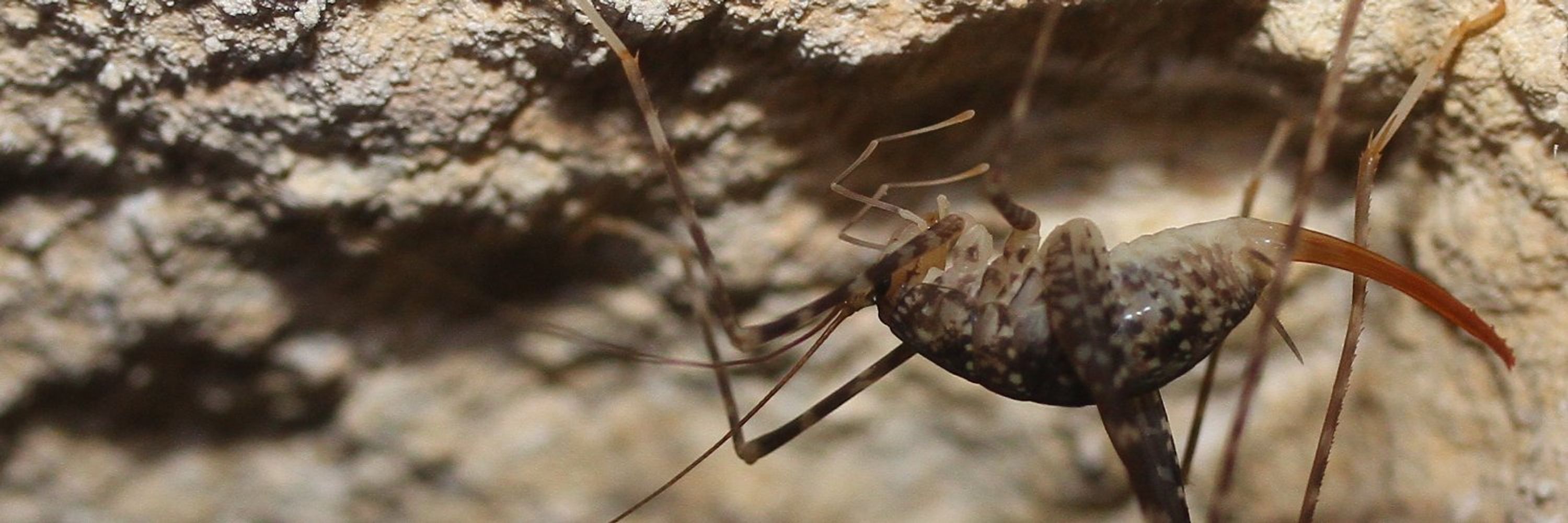
also: queer liberation 🏳️🌈🏳️⚧️ + neurodiversity 🧠 + solarpunk ☀️🌱 they/she 🌈




"Combined, the staff association estimates that equates to cutting the agency’s size by a third."
This is more cuts to the CSIRO than was attempted by the Abbott government.
www.smh.com.au/national/csi...

"Combined, the staff association estimates that equates to cutting the agency’s size by a third."
This is more cuts to the CSIRO than was attempted by the Abbott government.
www.smh.com.au/national/csi...
(Please repost to reach a broad audience.)
(Please repost to reach a broad audience.)



This mural about the invisible #soil #biodiversity in Moers(🇩🇪) resulted from the collaboration between my friend Dr. Arne Schwelm, the people from sci:moers and the Stiftung für Umwelt und Entwicklung under the artistic direction of #cokyone.

This mural about the invisible #soil #biodiversity in Moers(🇩🇪) resulted from the collaboration between my friend Dr. Arne Schwelm, the people from sci:moers and the Stiftung für Umwelt und Entwicklung under the artistic direction of #cokyone.
www.ucdavis.edu/climate/news...

www.ucdavis.edu/climate/news...


www.priweb.org

www.priweb.org

Isopod is finally coming out tomorrow!
store.steampowered.com/app/2053910/...
Isopod is finally coming out tomorrow!
store.steampowered.com/app/2053910/...
📸: Juan José Caicedo


📸: Juan José Caicedo
losing it at the researcher clapping to induce locomotory behavior, which in slo-mo looks like a standing ovation for 3-legged chariots of fire over here
Some showed exaggerated body undulation (serpentine movement). Others cranked up stride frequency. Different strategies, same result: maintaining speed despite missing limbs! 📊🔬
(7/n)
losing it at the researcher clapping to induce locomotory behavior, which in slo-mo looks like a standing ovation for 3-legged chariots of fire over here
thank u soggy for help, even
tho ur barely there @thesoggiest.bsky.social

thank u soggy for help, even
tho ur barely there @thesoggiest.bsky.social



📸: mruga (iNaturalist)

📸: mruga (iNaturalist)





